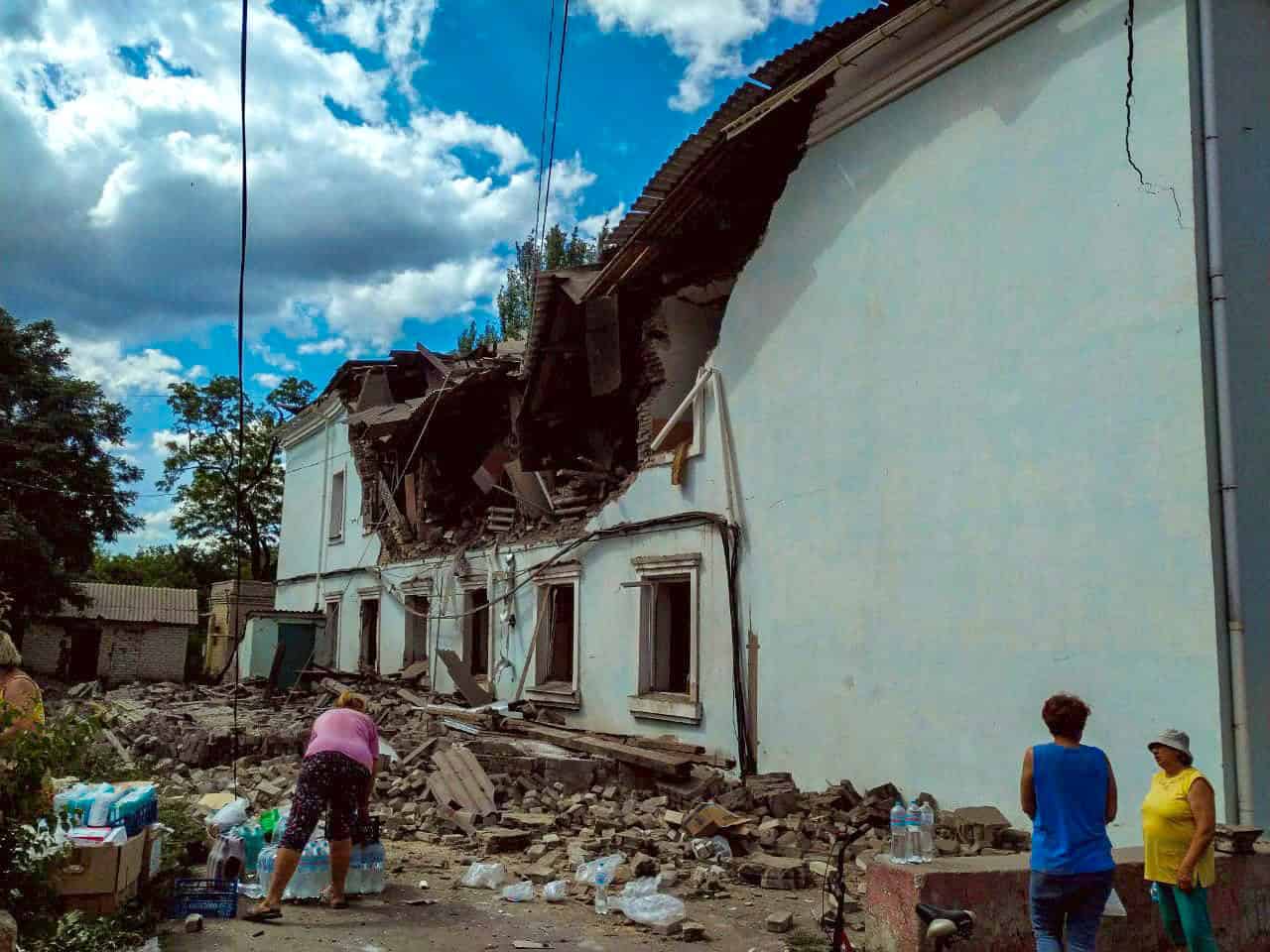

In six weeks, occupation administrations have published 5,087 addresses of real estate that can be taken away from owners
At least 745 addresses of real estate “with signs of ownerlessness” were published by occupation administrations in four regions of Ukraine in the first week of October 2024, from September 30 to October 6. In the six weeks since the beginning of the count, at least 5,087 addresses of “property with signs of ownerlessness” have been published.
The respective announcements of the occupation municipal and regional administrations state that the owners of such property can claim their rights to it by contacting them in person with an identity document, taxpayer identification number and documents certifying the right to the property.
If the owners do not come forward with the documents within 30 days of the announcement, their property will be transferred to “state” or “municipal” ownership.
The text of the announcements makes it clear that property owners must present Russian documents.
As can be seen from the announcements, the property audit is taking place in all Russian-occupied territories except Crimea, including those parts of the Donetsk and Luhansk regions over which Ukraine lost control in 2014-2015. Russia annexed all of these territories in September 2022, but in the parts of the Donetsk and Luhansk regions occupied since 2014-2015, property had been taken away from its rightful owners long before the annexation. Since recently, property owners in all the occupied territories must register their real estate with the Russian State Register.
In the first week of October, as in previous weeks, occupation administrations in the Luhansk “republic” published the most addresses of real estate “with signs of ownerlessness”. The occupation administration of the Sverdlovsk municipal district (93 addresses) in the occupied part of Luhansk region, the Velykolepetsky municipal district (90 addresses) in the occupied part of Kherson region, and the city of Mariupol (88 addresses) in the occupied part of Donetsk region published the largest number of such properties.
The occupation administration of Donetsk, which had not published any large lists during the monitoring period, now published 62 addresses of apartments “with signs of ownerlessness” on the city’s central streets.
A significant number of local occupation administrations have consistently published round or repetitively equal numbers of addresses of real estate “with signs of ownerlessness” (5, 10, 20, 24 addresses each), which may indicate that they have certain regulatory requirements set for them from above.
This week, the occupation administrations of the Zaporizhzhia region did not publish property lists “with signs of ownerlessness”. The relevant section on the website of the occupation administration of the Zaporizhzhia region shows that residential and commercial real estate has been audited there since 2022. But, as in the rest of the occupied territories, except for Crimea, this activity intensified in the spring and summer of 2024. For example, in July, the occupation administration of the region published 1,105 addresses of mostly private real estate, and in some cases, it was about confirming ownership of part of the property (presumably in cases where some family members left and the rest remained in the occupied territories). In June 2024, there were 237 such addresses, while in May there were 1,245.
The occupation administration of Mariupol currently publishes the most data. The tables it publishes show the extent of the city’s destruction and depopulation. Thus, according to the summary data of the occupation administration of Mariupol published on September 20, 497 non-residential premises and 4,213 residential premises “with signs of ownerlessness” were found in the city. Another 1,564 premises, according to the occupation administration, have been excluded from the list of ownerless premises, which means that their owners have been found and were able to confirm their rights. Also, during the week, the occupation administration of Mariupol published 398 addresses of real estate that are included or are to be included in the register of “ownerless” real estate. This means that its owners have not come forward or have not been able to confirm their right to it and that it will be transferred to “municipal ownership” shortly.
Lists of real estate “with signs of ownerlessness” or “ownerless” in the occupied parts of the Luhansk and Donetsk regions can be difficult to find. Some occupation administrations in these territories publish fresh lists in the news feeds on their “official” websites, while others, even within the same region, publish them in special sections. In some cases, it is a single constantly updated list without a publication date, making it absurd to require owners to come forward within 30 days of the publication of their property address.
The occupation administration of the Lutuhyne municipal district created by the Russians does not inform owners about the possibility of their property being recognised as “ownerless”: no relevant lists can be found on the website or on the administration social media pages. Nevertheless, on October 4, it published “resolutions” declaring 15 private houses and one apartment in an apartment block “ownerless”, i.e. in the process of being transferred to “municipal” ownership.
Local media report difficulties with registration or confirmation of ownership of real estate in the occupied territories due to the lack or complete absence of notaries.
In addition, there are reports of an increase in the number of cases of Ukrainian refugees failing to pass filtering measures in Russia while trying to return from abroad to obtain Russian documents and confirm their ownership of property in the occupied territories. Entry to the occupied territories of Ukraine from outside Russia is possible only after passing a special check at the Russian Sheremetyevo airport by representatives of the Russian special services.
Residents of the occupied territories can obtain Russian passports only until the end of 2024. Those locals who are unwilling or unable to do so will have only the rights of foreigners under Russian law in their occupied regions.